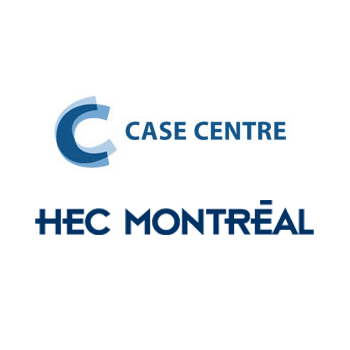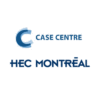Description
Toujours ensemble: Growth and Identity Issues within a Community Organization: Abstract
Toujours ensemble: Growth and Identity Issues within a Community Organization is a case study by Claire Besnard and Charlotte Cloutier.
Established in 1979, Toujours ensemble (Te) is a non-profit organization in Verdun that supports young people in underprivileged areas. It offers recreational activities, low-cost outings, and homework assistance to some 250 local children and has become a “home away from home” for many of them.
Part A takes place in April 2007, when Te was presented with a development opportunity: the implementation of a program created by Pathways to Education in Toronto to reduce the school drop-out rate. This program had produced impressive results with participating students in Toronto, but its implementation in Verdun could entail certain risks. Te was thus torn between the desire to provide greater assistance to local youth and concerns about launching such a project.
Part B takes place in January 2013, six years after the implementation of Pathways to Education in Verdun, which is now creating identity-related tensions. The team running this new program identifies more closely with Pathways to Education and has not fully integrated the Te family. To outsiders, Te is becoming more closely identified with its efforts to lower school drop-out rates than with its other activities, creating confusion among donors. In this difficult situation, the new executive director must come up with a strategic plan.
Multi-part case
- Part A
- Part B (for Teacher license purchases only)
Teaching objectives
- Identify issues related to the development of an NPO’s activities, including dependence on funders and their expectations, and the impact of funder dependence on the organization’s priorities and culture (risk of mission drift), growth issues, the importance of an NPO’s identity
- Understand the tension between funding and identity
- Recommend and evaluate a development strategy for an NPO
Main themes covered
- NPO
- Strategy
- Funding
- Corporate identity
- Growth
Concepts & theories related to the case
- NPO
- Strategy
- Funding
- Corporate identity
- Organizational identity
Additional information
Teaching notes are available for teachers only. Please contact the HEC Montréal Case Centre.










Avis
Il n’y a pas encore d’avis.